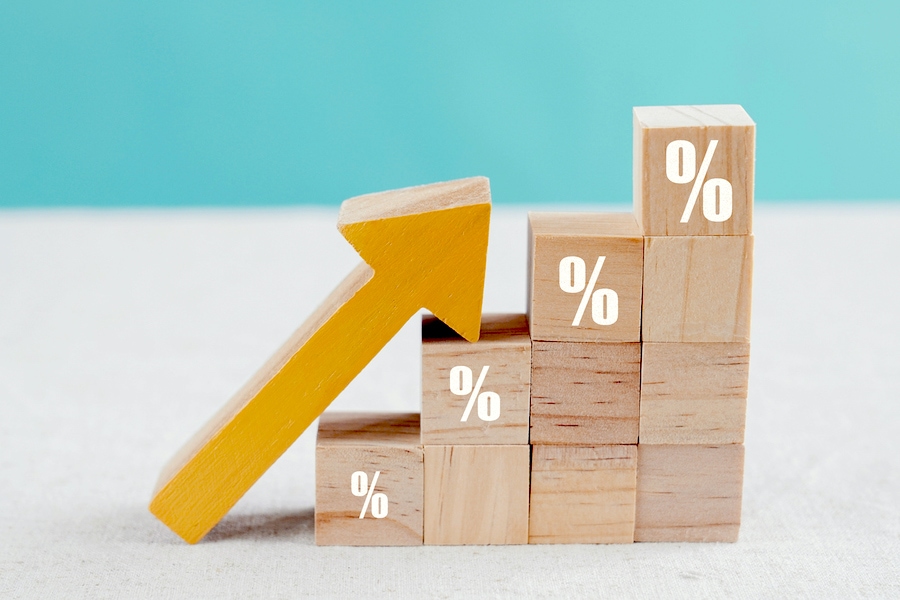
We’ve got good news for qualified renters who are ready to buy a home. Fannie Mae recently announced a new mortgage lending rule that will make it easier for homebuyers to get a mortgage even without a long credit history. This new update expects to produce greater eligibility and higher approval rates for homebuyers with good rent payment history.
Why the Breakthrough Rule is Helping Homebuyers
Applying for a mortgage can feel like a huge undertaking. You’ve got to save for a down payment, organize all your financial documentation, verify income and employment status, and decide how much you can afford. Then there’s your credit report. If you have a high credit score, this is just a simple task to cross off the list.
But what if you don’t have an established credit history? What if you pay your bills on time and save every month, but you don’t have credit cards or car loans? It’s almost like you get penalized for living debt-free and managing your money well.
This new rule is shifting the tide. Higher approval rates are in store for homebuyers with good rental history.
RELATED: Find out if you’re eligible for additional first-time homebuyer advantages
How to Use Rent Payment History to Get Approved for a Mortgage
Just say yes! The new change will allow mortgage lenders to automatically integrate rent payment history to establish creditworthiness. Fannie Mae has updated the underwriting system to automatically pull rent payment history from your bank account. Your mortgage lender only needs one thing: your approval.
Why is this valuable?
Mortgage lenders look to credit history to assess risk. When a homebuyer has a high credit score and a solid credit history, they might qualify for a better mortgage. On the other hand, mortgage applicants with thin credit or short credit history are typically considered higher risk.
With the new rule in place, mortgage lenders can automatically include rent payments during the underwriting process. The updated software integrates with banks and credit unions to automatically recognize rent payments and populate your mortgage application with your rent payment history.
Based on Fannie Mae research which sampled mortgage applicants who were declined, “17% could have received an Approve/Eligible recommendation if their rental payment history had been considered.“
How will homebuyers benefit from the new Fannie Mae initiative?
Renters with “thin” credit and a consistent rent payment history will benefit the most. “Thin” credit typically refers to a homebuyer who doesn’t have much credit history to assess. So while there might not be any negative marks on their credit, there also isn’t much payment history to pull from.
For example, perhaps you don’t have any credit cards and never had a car loan. Or maybe you have student loans or credit cards, but the accounts haven’t been open for very long. In these situations, a rent payment history that shows consistent on-time payments could help you get approved for a better mortgage.
Before this new approach, mortgage lenders would ask landlords to verify rent payment history. The process was tedious and not always accurate.
Now, mortgage lenders can automatically integrate rent history into mortgage applications to help homebuyers establish creditworthiness.
What’s more, the new update will only affect positive change for eligibility. According to the press release, “the new update is a positive change for eligibility – only consistent rent payments will be considered to improve eligibility. For qualified renters who may have limited credit history but a strong rent payment history, [it] creates new opportunities for homeownership. Any records of missed or inconsistent rent payments identified in the bank statement data will not negatively affect the applicant’s ability to qualify for a loan sold to Fannie Mae.“
Side note, if you’re still paying off student loan debt, check out this recent post. You’ll find strategic tips to help you qualify for a mortgage.
How do I apply for a mortgage using rent payment history?
- Find out how much you can afford using this free mortgage calculator.
- Connect with a local mortgage advisor.
- Tell them you’d like to automatically include your rent payment history.
- Discuss your home loan options.
- Get your best mortgage!
A qualified mortgage advisor will help you build a credit profile to your advantage using your rent payment history. Once you start your application and access your rental history, your mortgage advisor can secure the best mortgage possible at the lowest rate.
What if I have a low credit score or bad credit?
Rent history that shows on-time payments will help, but your credit report will have a bigger impact on a mortgage lender’s final decision. In this case, it’s better to work on raising your credit score quickly. Check out this short read with actions you can take to boost your credit score in less than 60 days, which we blogged about here.
Another option is to consider buying a home with a family member or good friend, which we blogged about here.
Summary
Fannie Mae recently announced a new rule which makes it easier for renters to become homeowners. Mortgage lenders can now automatically include rent payment history to help establish creditworthiness.
So if your credit report is thin or not well-established, but you have a long history of on-time rent payments, this can help you get approved for a preferred mortgage.
Take action now to apply for a home loan and get approved while mortgage rates are low.
Next Steps
When you’re ready to apply for a home loan, an experienced mortgage advisor can help you put together a solid credit profile and help you get approved. We offer homebuyers preferred rates, custom loan options, government-backed mortgages, conventional loans, and more. Connect with a local mortgage advisor to discuss your options and get approved. We’d love to help.







